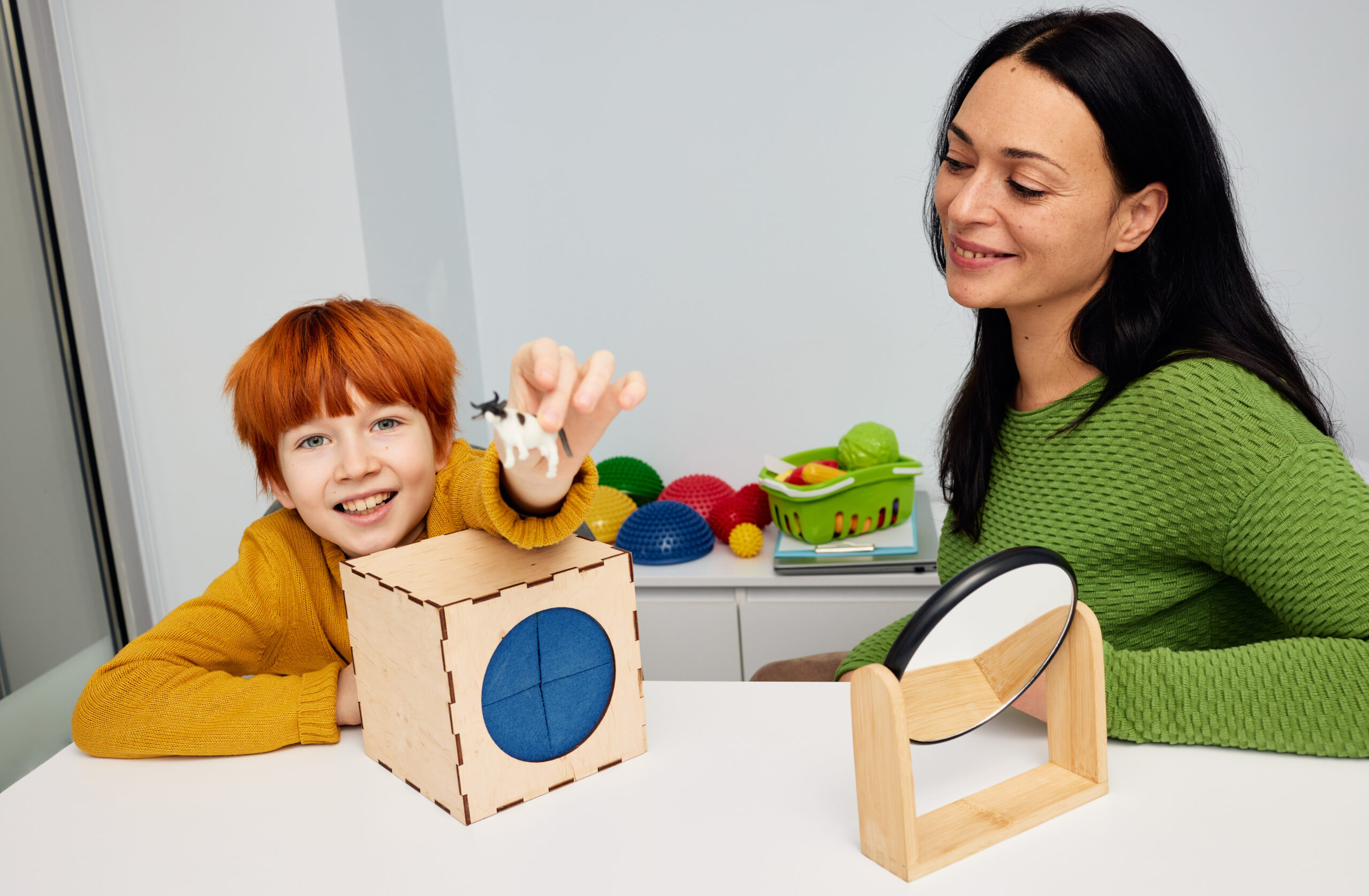In the field of Applied Behavior Analysis (ABA) therapy, communication is at the heart of everything we do. Whether it’s understanding a child’s needs, implementing effective strategies, or supporting parents through their journey, the connection between families and therapists is crucial. As a Care Coordinator and Lead Therapist, I’ve come to realize how these roles complement each other in fostering seamless communication and ensuring the success of every therapy program.
Each day, I have the privilege of working closely with clients, their families, and our dedicated team of therapists. Through these interactions, I’ve learned that being a bridge between the two worlds—families and therapists—is not just about logistics but about building trust, advocating for understanding, and creating an environment where everyone feels supported. Let me walk you through what that looks like in practice and why this role is so critical in ABA therapy.
Understanding the Role of a Care Coordinator
As a Care Coordinator, my primary responsibility is to ensure that families feel supported and involved in their child’s therapy journey. ABA therapy is not a one-size-fits-all solution; it’s highly individualized, and every child has unique needs. My job is to act as the central point of contact, keeping families informed about their child’s progress, answering questions, and addressing any concerns they might have.
For many parents, the world of ABA therapy can feel overwhelming at first. From understanding terminology to navigating schedules and progress reports, there’s a lot to take in. That’s where I come in—I help break down complex information into simple, actionable steps. I also provide emotional support when needed because, let’s face it, being a parent of a child with special needs can be both rewarding and challenging.
The Importance of Seamless Communication
One of the biggest challenges in ABA therapy is ensuring that everyone involved is on the same page. Therapists are often deeply focused on implementing intervention plans, tracking data, and adjusting strategies as needed. Parents, on the other hand, are managing daily life while trying to understand and reinforce therapy goals at home.
As a Care Coordinator, I serve as a bridge, facilitating open communication between these two groups. For example, if a parent notices a new behavior at home, I ensure that the therapists are made aware so they can adjust the intervention plan accordingly. Similarly, if a therapist observes significant progress or a roadblock during sessions, I relay this information to the family in a way that’s clear and actionable.
This back-and-forth flow of information helps prevent misunderstandings and ensures that therapy remains consistent across all environments—whether it’s at home, in school, or in the therapy room.
Balancing My Role as a Lead Therapist
In addition to coordinating care, I also serve as a Lead Therapist. This means I’m hands-on with clients, developing and overseeing their therapy plans. This dual role allows me to have a deeper understanding of each child’s unique needs and progress, which is invaluable when communicating with families.
Being on the frontlines as a Lead Therapist helps me gain insights that I might not have if I were solely in an administrative role. For instance, I can see firsthand how a child responds to a specific intervention, which gives me the ability to explain progress or challenges to parents with clarity and empathy.
Additionally, being actively involved in therapy sessions helps me guide other therapists on the team. I can mentor them, provide feedback, and ensure that everyone is aligned in their approach. This alignment not only benefits the child but also builds confidence and cohesion within our team.
Building Trust with Families
Trust is the foundation of any successful ABA program. Parents need to know that their child is in capable hands and that their concerns are being heard. One of the ways I build this trust is by being transparent and approachable.
For example, during family meetings, I make it a point to not only discuss the technical aspects of therapy but also to celebrate the small victories. Whether it’s a new word spoken, a skill mastered, or a behavior reduced, these moments matter, and parents deserve to be a part of that joy.
I also encourage families to share their input because, ultimately, they know their child better than anyone else. By collaborating closely, we can create a more holistic and effective therapy plan.
Supporting Therapists for Better Outcomes
Just as I support families, I also see it as my responsibility to support the therapists I work with. ABA therapy is a demanding field, and therapists often juggle multiple clients and responsibilities. By providing them with clear communication, regular feedback, and a supportive environment, I help ensure they can perform at their best.
For example, if a therapist is feeling stuck with a particular case, I offer guidance based on my own experience as a Lead Therapist. I also encourage open discussions during team meetings, where we can brainstorm solutions and celebrate successes together.
When therapists feel supported, it directly impacts the quality of care they provide to clients. This, in turn, leads to better outcomes for the children and families we serve.
Why This Role Matters
Being a Care Coordinator and Lead Therapist is not just a job for me—it’s a calling. I’m passionate about creating an environment where families and therapists feel valued and supported because I know how transformative ABA therapy can be when everyone works together.
By bridging the gap between families and therapists, I’m able to ensure that communication remains seamless, goals stay aligned, and every child receives the best possible care. It’s a role that requires patience, empathy, and a deep commitment to collaboration, but the rewards are worth every effort.
At the end of the day, seeing a child make progress—no matter how small—is a reminder of why we do what we do. And knowing that I played a part in that journey is the greatest reward of all.
